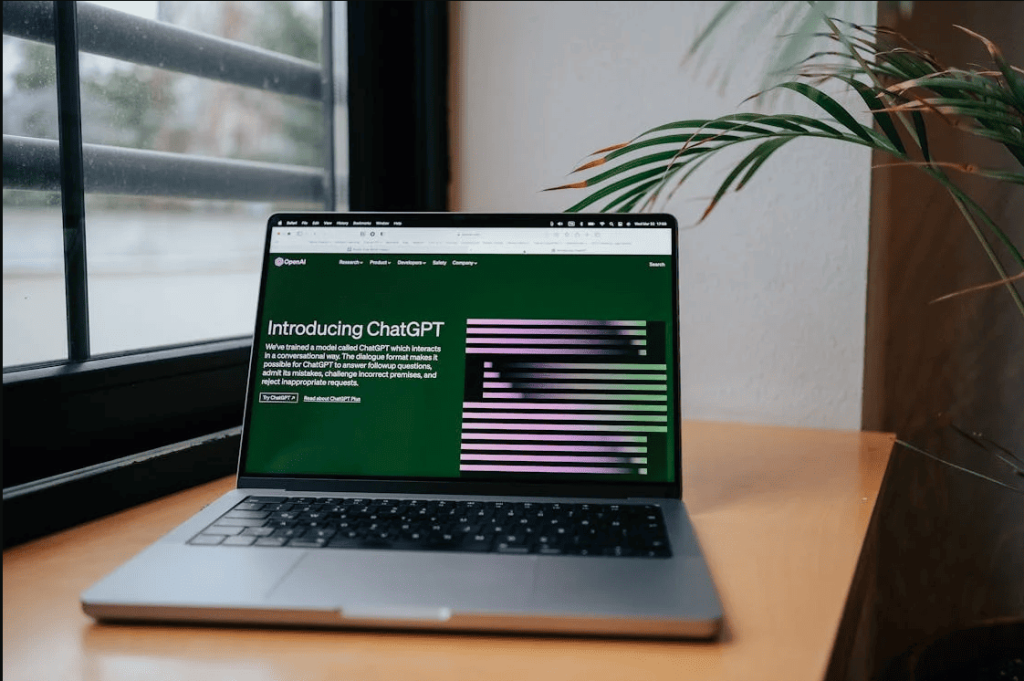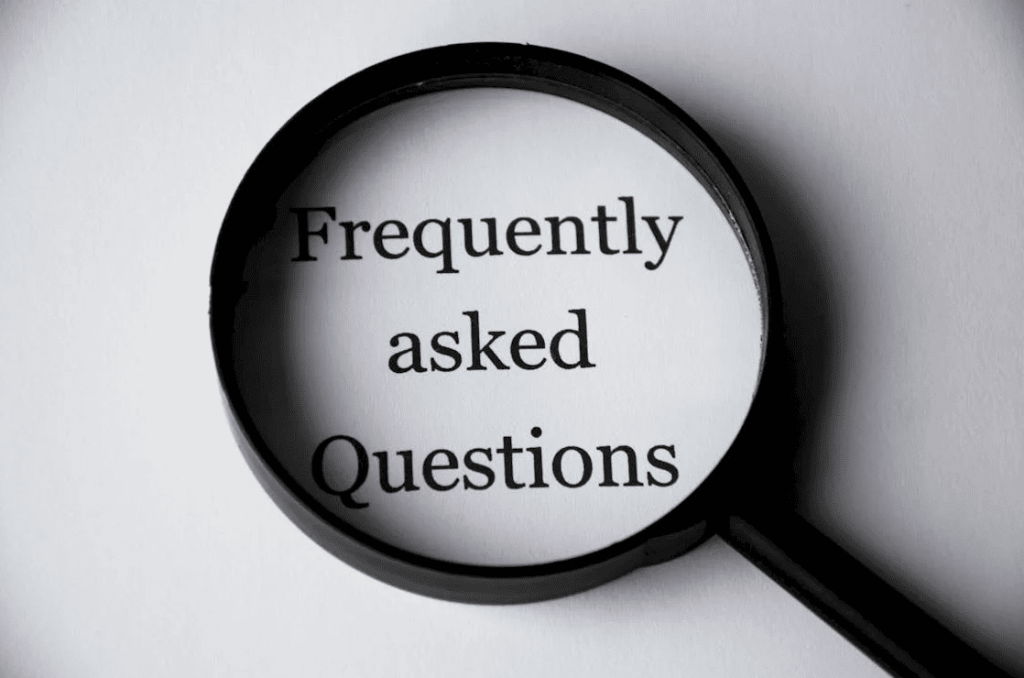Want to learn how do professors know if you use AI? They use AI content detectors to give them a helping hand.
However, there are several strategies you can use to not get caught, and we’ll share them in this article. This will give you more confidence when using AI tools and can potentially improve the end result and enhance your writing skills.
Keep reading to learn more about how your professors might try to catch AI writing.

Nov 21, 2024 • 12 min read
Why Do Teachers Use AI Detectors?
Teachers use AI detectors to ensure academic integrity by identifying potential use of AI-generated content in student work. These detectors, powered by machine learning algorithms, analyze patterns, language structures, and anomalies that differentiate human writing from AI-generated text.
With the rise of AI tools like ChatGPT and Smodin, students can misuse such tools when writing essays or assignments. This bypasses the learning process and some teachers consider it cheating. Therefore, AI detectors help educators verify authenticity, promote fairness, and maintain academic standards by flagging suspicious content.
However, teachers might not use AI detectors with every submission they come across. Instead, they may only apply these tools when getting suspicious about a piece of work. For example, if it sounds too much like it was written by AI, then professors might make use of AI content detectors.

How AI Detectors Work: 5 Top Features Used To Discover AI Content
Now let’s take a close look at how AI detectors work to help you understand the technology. Furthermore, the tech behind the scenes is always evolving, so you can expect these to be updated on a regular basis.
1. Natural Language Processing (NLP) Analysis
AI detectors use NLP to evaluate the structure and patterns of text. NLP algorithms analyze grammar, syntax, and writing style to detect discrepancies between human-generated and AI-generated content.
Since AI models often produce text that lacks a personal tone, has repetitive phrasing, or uses overly formal language, NLP can highlight these patterns. Additionally, it can compare a student’s usual writing style with the suspected AI-generated text. This helps to identify inconsistencies, thereby making it a key feature of AI detectors.
2. Machine Learning Models
AI detectors rely on machine learning models trained on large datasets of both human and AI-generated content. These models identify patterns specific to AI-generated text. The more data they can access the better. This is because it will increase the accuracy and sophistication of their strategies to detect AI writing.
As they process more data, these models continuously improve, which makes them better at spotting subtle differences between human and AI writing. However, in the final analysis, professors still need to make the final judgment since it’s possible that false positives occur.
3. Plagiarism Detection
Some AI detectors incorporate plagiarism detection techniques, comparing the input text with known databases or previously generated AI outputs. Since AI often reuses similar phrases or sentences from its training data. These tools can flag content that closely resembles previously existing text.
Additionally, this feature ensures that not only human-authored plagiarism is caught but also content generated by AI from public sources. Students should consider using these AI detectors to uncover different types of plagiarism in their work before final submission. This ensures that you don’t accidentally submit work that it plagiarized, which will ultimately reduce your grade.

4. Semantic Analysis
AI detectors utilize semantic analysis to assess the meaning and coherence of a text. That’s because semantic analysis focuses on understanding the relationships between words. This goes a long way toward detecting AI-generated writing.
Furthermore, AI-generated content may occasionally produce sentences that are grammatically correct but semantically nonsensical. In addition, they might be overly formal without logical flow. Therefore, detectors analyze the logical structure by identifying inconsistencies in meaning. Overall, this technique helps flag AI-generated content that appears polished but lacks depth.
5. Predictive Language Models
Many AI detectors incorporate predictive language models that estimate the probability of certain word sequences being human-generated. These models evaluate whether the phrasing and structure are natural for human communication.
However, this is tricky because it’s possible that students have assignments where to-the-point writing is favored. This can potentially result in false positives that cause professors to make the wrong conclusions.
Furthermore, AI-generated text may follow statistical patterns learned from data, but these can lack the unpredictability and creativity of human writing. Hence, predictive models can highlight sections where the language seems too formulaic or robotic.

What AI Detector Do Teachers Use: 3 Most Popular Services
Teachers detect AI writing to maintain academic integrity and fairness in assessments. This ensures students aren’t relying excessively on AI tools to complete their work. With the growing accessibility of AI writing platforms, AI detectors have become essential for educators. That’s because they are needed to assess the authenticity of student submissions and encourage original work.
Here’s a summary of the more popular AI detectors that teachers might use in their work:
- Smodin: Smodin is an AI detection tool that helps educators identify content generated by AI models. It analyzes the text’s structure and compares it to known AI-generated patterns. Teachers use Smodin because of the user-friendly interface and affordable pricing model.
- ChatGPT: OpenAI’s ChatGPT includes built-in moderation tools that can assist in identifying AI-generated content. However, you’ll need to integrate them with custom solutions for best results. While not a dedicated AI detector, educators and developers can use its APIs in conjunction with other tools.
- Copyleaks: Copyleaks is an AI detector that distinguishes between human and AI-generated text using advanced algorithms. It is a decent alternative to the other options on this list, but it lacks the plethora of other features useful for professors and students alike. For instance, the AI Grader from Smodin is a top choice for helping teachers grade student papers.
How False Positives Can Mislead Professors
False positives in AI detectors occur when the tool mistakenly flags human-generated content as AI-generated. Giving students penalties without them deserving it is the last thing a professor wants to do. This can happen when AI detection algorithms misinterpret complex language, technical writing, or certain stylistic patterns that closely resemble AI output.
This can happen with higher frequency for students who write with precision, use formal language, or have a unique writing style. Consequently, it may inadvertently trigger these detectors, which leads teachers to question the authenticity of their work even though it is original.
Additionally, false positives can also occur if a student’s writing style changes due to external factors, such as help from tutors, increased effort, or improvements in writing skills over time. In such cases, AI detectors might flag the text as suspicious because it doesn’t match the student’s previous submissions. This is true even if the work is genuine.
Overall, AI detectors can be wrong, and these errors can have significant consequences for students. For example, unnecessary scrutiny or disciplinary actions. For teachers, relying too heavily on AI detectors without further investigation can undermine trust. It can also create a false sense of reliance on technology for ensuring academic integrity.
To mitigate this, educators should use AI detectors as tools for identifying potential issues, but they must also review flagged content. Finally, they must consider the context of a student’s overall work before drawing conclusions.
How Do Teachers Know If You Use AI: Reddit Answers You May Come Across
There are many students discussing the use of AI detection on Reddit. Some users share how they have been caught while others showcase that they have been flagged for AI content unfairly. It’s a good idea to read Reddit comments if you want a sense of what experience people have with AI detection tools.
You may also find the opinions of teachers and how they use AI detection to uncover questionable students’ writing styles. You can also participate in the discussions on Reddit if you want to know more, ask a question, or share an experience about this topic.
5 Ways To Avoid Getting Caught Using AI Tools
Do you want to use AI tools in a way that professors will not catch you using AI detection methods? Even the best AI detectors for professors will not flag your content if you use a combination of the best writing practices. In this section, we’ll reveal how you should use AI tools to improve your content.
1. Edit and Personalize AI-Generated Content
Students should edit AI-generated text to align with their own writing style and voice. AI often produces generic and formal language, so adding personal opinions, informal phrasing, or unique examples can make the content appear more human. Here are some more suggestions for how to use critical thinking skills to edit your AI content:
- Use active voice: AI often defaults to passive voice, which can sound robotic. Therefore, edit sentences to use active voice instead, and make the content more direct. This results in writing more engaging and easier-to-read content, thereby helping it sound more like a real person wrote it.
- Add personal anecdotes: Incorporate personal stories or experiences to make the content relatable and authentic. That’s because AI content is often generic, but sharing something from your life helps build a connection with readers. Even small and specific details can humanize the message, which makes it feel more personal and less automated.
- Include rhetorical questions: Adding questions within the text prompts the reader to think and creates an interactive feel. Furthermore, rhetorical questions can break up lengthy explanations and add a human touch. This invites readers to reflect on their own thoughts and experiences as they read.
- Add emotion and empathy: AI writing tools can be neutral in tone, so it’s important to weave in emotion and empathy. Top examples include excitement, concern, or humor. This allows you to express feelings and make the writing more relatable. Also, empathetic content shows that you understand the reader’s challenges or needs.
- Use specific examples: AI content can be vague. Therefore, by adding concrete examples, statistics, or real-world scenarios, you can make the writing more grounded. Also, specific details resonate better with readers and help break down complicated points.

2. Avoid Too Much Reliance on AI Tools
Students should avoid relying too heavily on AI for entire assignments. Instead, use AI as a brainstorming or drafting tool rather than for full-text generation to minimize detection risk. Furthermore, students can use AI to generate ideas or outlines. Then, they should develop these ideas further to rewrite portions or add substantial original content.
As a rule of thumb, use AI as more of an aid instead of a replacement for genuine work. This ensures that you get some of the benefits of AI tools while improving your overall education. With this approach, you are unlikely to get flagged for AI content.
3. Understand the Detector’s Limitations
Knowing how AI detectors work can help students avoid getting caught. For instance, some detectors look for consistent patterns, formulaic sentence structures, or repetitive phrasing common in AI writing. Hence, students can use this information to reduce instances of this writing type.
Additionally, students can review their AI-generated text and adjust any patterns that might appear suspicious. Overall, understanding these limitations allows students to tweak content to make it less detectable.
4. Use AI Content Detection Removers
AI content detection removers are tools designed to modify AI-generated text to make it less detectable by AI detectors. These tools rephrase sentences, adjust word choices, and alter sentence structures. All of this should help eliminate patterns commonly associated with AI writing.
Additionally, by running AI-generated content through a detection remover, students can mask the distinctive traits of AI-generated text. This makes it more likely to pass as human-authored. However, it’s still important to review the modified content carefully. That’s because detection removers might introduce awkward phrasing or make errors. For this reason, further revisions may be necessary to ensure the text reads naturally.
5. Vary Sentence Length and Structure
AI often produces text with uniform sentence length and predictable structure, which can trigger detection. To avoid this, students should vary sentence length and structure throughout the document.
Additionally, using a combination of short sentences and longer ones creates a more natural flow that mimics human writing. This variation makes the content more dynamic and harder for AI detectors to identify as computer-generated.

How Do Professors Know If You Use AI: Create More Original Content With Smodin
Professors can detect AI-generated content from ChatGPT and other similar software with the use of an AI detector. This means you need to be extra careful about the use of AI tools. This is a skill that you must practice, and you’ll get better over time. However, the strategies and ideas in this article will get you off to a good start.
Are you still wondering how do professors know if you use AI? They use tools like the AI Content Detector from Smodin, which is completely free. Therefore, it’s a good idea to run your work through this AI tool to see if it highlights your work as AI-written. Then, use the feedback to edit the work to alter the end result.
Check out Smodin today, enhance your writing skills, and bypass AI detectors.

FAQs
Can professors tell if my writing style changes?
Yes, professors can detect sudden shifts in your writing style. For example, let’s say your previous work has a certain tone or complexity. However, the new submission suddenly appears more formal, polished, or advanced. This can raise red flags and cause the teacher to use an AI detection tool.
Additionally, professors familiar with your writing might question the authenticity of the new work. This is especially true if it differs significantly from what they’ve seen before. It will prompt further investigation, so you need to keep a consistent writing style.
Can professors catch AI-generated text without detection tools?
While detection tools help, professors can often catch AI-generated text based on their experience. They might recognize overly formal, repetitive, or generic language that lacks personal insight or creativity.
Additionally, professors may notice a lack of depth or critical thinking that typically comes from human engagement with the material. This can also raise suspicions about AI involvement.
What happens if a professor suspects AI use?
If a professor suspects AI use, they may review the work more closely or run it through an AI detector. Depending on the institution’s policy, they could ask the student to explain their work or demonstrate their knowledge.
Furthermore, consequences vary but can include a request for revisions, a failing grade, or disciplinary action. This will vary and can also depend if you have been caught in the past or if it’s your first time.
Can editing AI-generated content prevent detection?
Editing AI-generated content can reduce the chances of detection, but it’s not foolproof. That’s because AI detectors analyze sentence patterns and structures. Hence, it may still be flagged if the core of the text remains unchanged.
To avoid detection, students should significantly personalize the content. You can do this by adding original thoughts, altering sentence structures, and ensuring the writing aligns with your usual style.
Do professors use AI detectors for all assignments?
Not all professors use AI detectors for every assignment, but many rely on them for major papers, essays, or final projects. This is where originality is crucial and teachers need to allocate their available resources accordingly.
Additionally, if they suspect AI use, they may also choose to use detection tools on specific submissions. AI detectors are becoming more widely used as AI writing tools gain popularity, so teachers detect AI writing with higher frequency.



 AI
Plagiarism Checker
AI
Plagiarism Checker
 AI
Content Detection Remover
AI
Content Detection Remover
